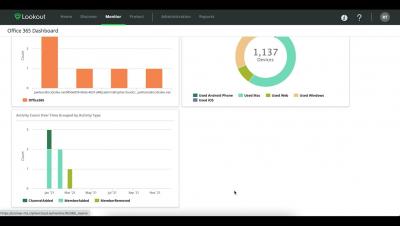Lookout CASB - Deny Upload to Personal Tenant in Microsoft Teams
Lookout CASB secures collaboration in Microsoft Teams. In this video, we show how Lookout detects and blocks a user from uploading sensitive work data to a personal account in Teams.











